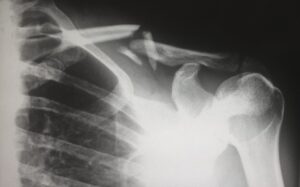When people think about compensation after an accident, they often focus on tangible losses such as medical bills and lost wages. However, there is another significant aspect of damages known as “pain and suffering,” which encompasses the many ways an injury can impact your life beyond financial losses.
What is Pain and Suffering?
Pain and suffering is a legal term that refers to the physical and emotional hardships a person endures due to an injury. This includes, but is not limited to:
- Physical pain and discomfort
- Emotional distress, such as anxiety and depression
- Grief and trauma
- Loss of enjoyment of life
Unlike medical bills and lost wages, which come with clear financial figures, pain and suffering damages are more subjective and require compelling evidence to demonstrate their impact.
Demonstrating Pain and Suffering in a Case
Since pain and suffering do not have a direct financial cost, proving these damages requires illustrating how an injury has affected a person’s daily life. Attorneys often rely on personal stories and specific examples to make these hardships tangible for insurance companies and juries.
For instance, one powerful way to demonstrate pain and suffering is through real-life impacts on a victim’s daily routine and relationships. Take, for example, a case where a client suffered severe back pain after an accident. Because of the injury, he could no longer pick up his child, an activity that had been an essential and joyful part of his life. This specific example vividly illustrates the loss he experienced due to the accident.
How Pain and Suffering Affects Compensation
The amount awarded for pain and suffering varies based on several factors, including:
- The severity and duration of the injury
- The level of physical pain experienced
- The emotional and psychological toll
- How the injury has affected daily life and relationships
Insurance companies and juries consider these elements when determining a fair settlement or award. Providing strong evidence, including medical records, psychological evaluations, witness statements, and personal testimony, is crucial in maximizing compensation.
Conclusion
Pain and suffering damages are a critical component of personal injury claims, ensuring that victims are compensated for the full extent of their losses, both tangible and intangible. While medical expenses and lost wages are easier to quantify, pain and suffering require careful documentation and compelling personal narratives. If you or a loved one has been injured in an accident, working with an experienced attorney can help you effectively communicate the full impact of your injuries and secure the compensation you deserve.

